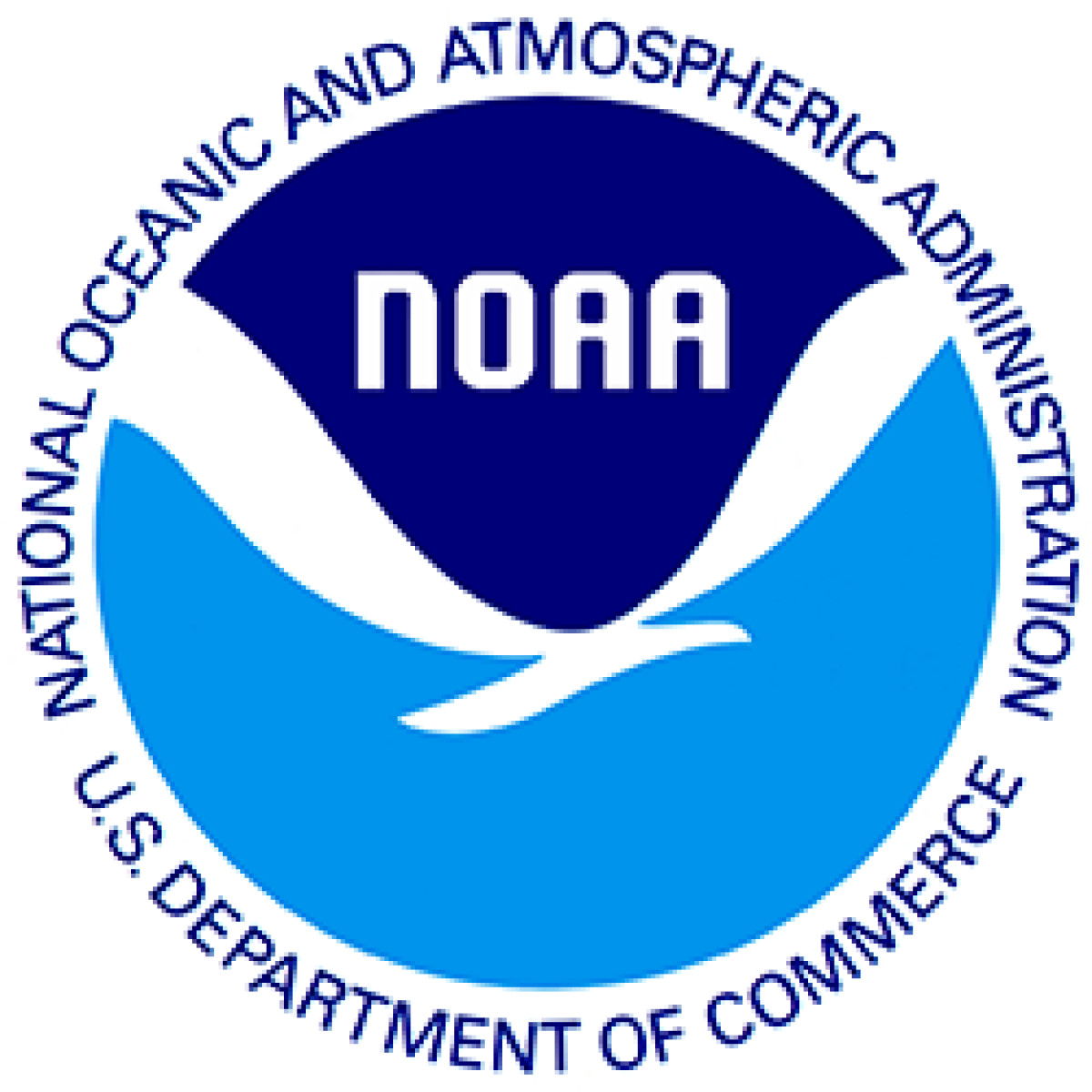Knauss legislative fellowships in Congress help build careers — and they're fun and educational. See our video and fact sheet for details.
Conservation Innovation Grants (CIG)
Support Agency
Program Contact
Is this a rolling date? :
NoDue Date:
Purpose:
Conservation Innovation Grants (CIG) is a voluntary program intended to stimulate the development and adoption of innovative conservation approaches and technologies while leveraging Federal investment in environmental enhancement and protection, in conjunction with agricultural production. The purpose of the Chesapeake Bay Conservation Innovation Grants Program is to expand the collective knowledge about the most effective ways to engage working farms in protecting and restoring vital natural resources in the Chesapeake Bay watershed while sustaining agricultural production. This program is funded by USDA NRCS.Support Type:
Other- Cost Share Funding, 1:1 match requiredFunding Range:
$75,000 - $1 millionRestoration Activity:
Projects must meet one of the Bay Program's priority goals (see website for goals). Natural Resource Concerns category - up to $5 million available for proposals addressing one or more of the CIG natural resource concerns. Technology category - up to $6 million available for proposals addressing one or more of the CIG technology categories. Grant Leveraging category - up to $4 million to pilot the leveraging of CIG grants projects that provide further grants that align with the purposes of CIG. Chesapeake Bay Watershed category - up to $5 million available for proposals addressing one or more of the CIG natural resource concerns in the Chesapeake Bay watershed.Eligibility:
Non-profits, local governments<< Back to WRA Directory





